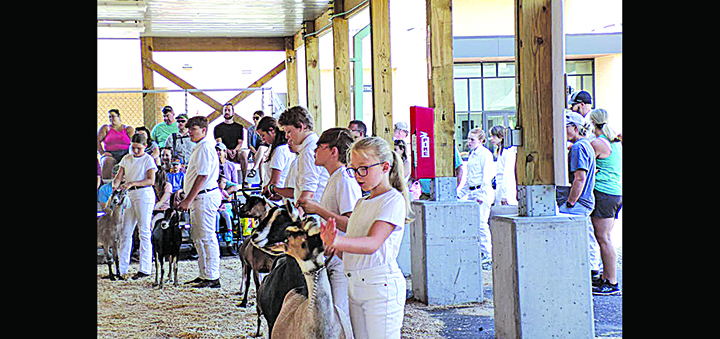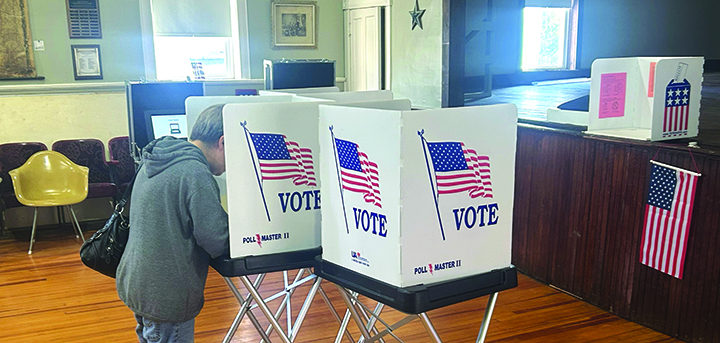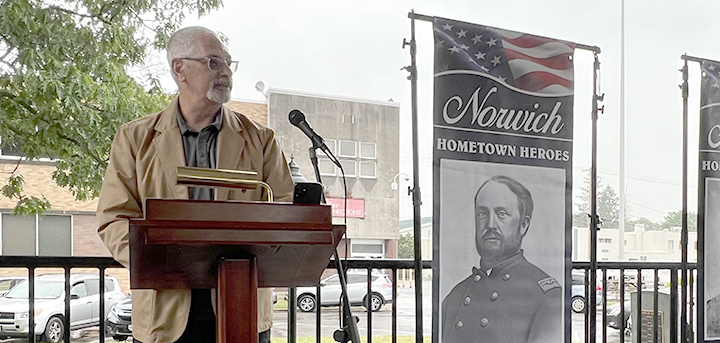From fantasy to financial disparity: NCSD facing tough challenges ahead
NORWICH – Even as the Norwich City School District Board of Education continues to focus on three key areas – students, academics and finance – its members urged those in attendance to get involved politically, as the deadline for a state budget approaches.
And while last night’s discussion item agenda kicked off on an entertaining note with a special performance by the middle school’s junior musical students, it ended on a sober one, as Deputy Superintendent Robert Wightman detailed the economic disparities facing poorer school districts across the state.
Approximately half of the 65-student cast of “Alice in Wonderland, Jr.” were on hand to perform a pair of songs from the recent production. For the first time, said Middle School music educator and director Jamie Carrier, third, fourth and fifth graders joined middle school students for the play, which she called “a great team-building event.”
According to NMS student Kaitlyn Jackson, the production was an “excellent experience” for all involved, and one that gave each and every student a chance to build their self-confidence. The middle school’s junior production has grown over the past three years, she added, with 30 students participating in 2009’s “Annie Jr.,” 47 students in 2010’s “Mulan Jr.” and 65 students this year.
The school’s 2012 production will be announced in May.












Comments